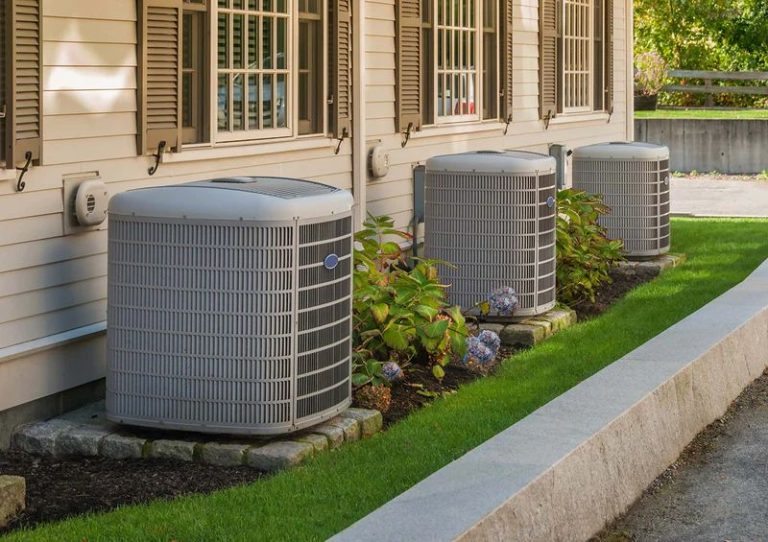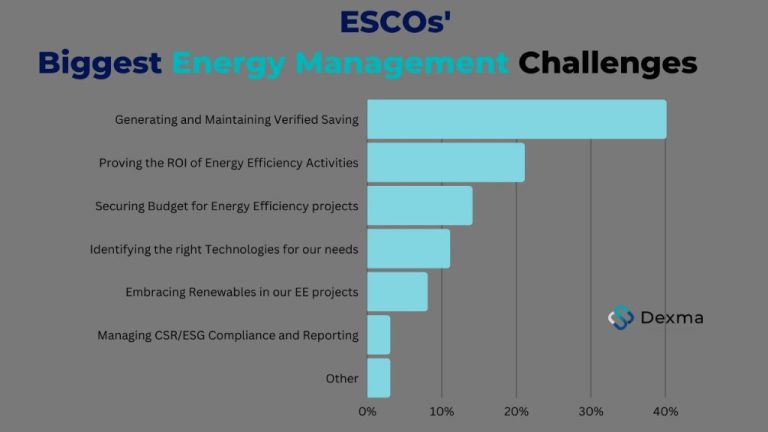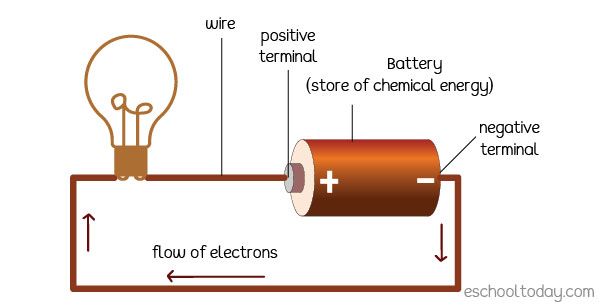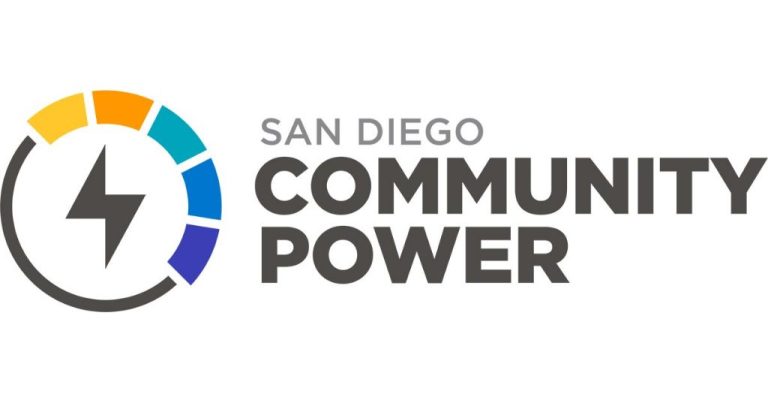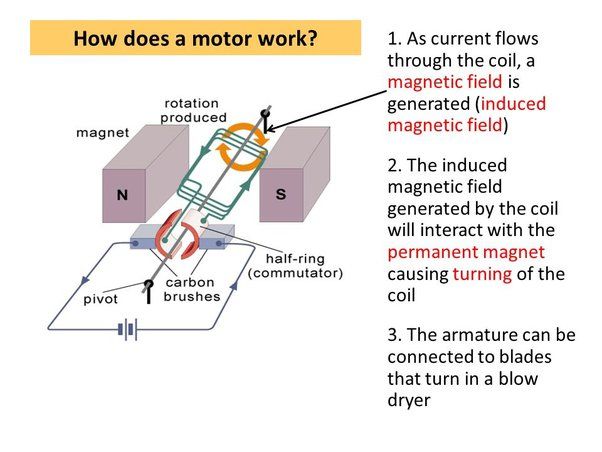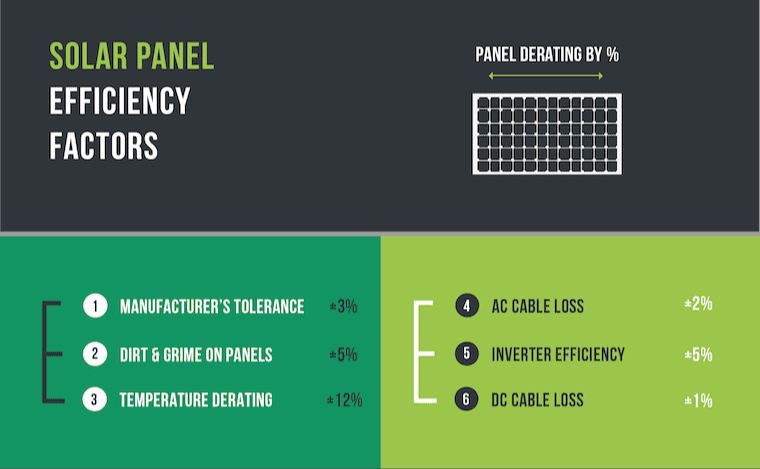What Are The Criteria For Leed Energy?
What is LEED Certification?
LEED stands for Leadership in Energy and Environmental Design. It is an internationally recognized program for green buildings that is administered by the U.S. Green Building Council (USGBC) (https://www.usgbc.org/leed). LEED provides a framework for identifying, implementing, and measuring green building design, construction, operations and maintenance.
The LEED rating system offers four certification levels – Certified, Silver, Gold, and Platinum. Buildings can earn points across several categories like energy efficiency, water efficiency, materials selection, and indoor environmental quality. Based on the number of points achieved, the building earns one of the certification levels (https://www.gbrionline.org/what-is-leed-types-of-leed-credits-categories-a-complete-guide/).
Overview of LEED Energy Criteria
Energy performance is a key category for LEED certification. The criteria focus on improving energy efficiency, increasing use of renewable energy, and metering energy consumption in buildings.
To earn points for energy performance, projects must meet minimum requirements related to commissioning, energy metering, and refrigerant management. Beyond that, projects can earn credit by optimizing energy efficiency, generating or procuring renewable energy, installing energy efficient equipment, and implementing innovative strategies.
According to the U.S. Green Building Council (USGBC), studies show that efficient buildings and appropriate land use offer opportunities to save money while reducing greenhouse gas emissions. LEED promotes sustainable building practices through its rating system that recognizes strategies for better environmental and health performance (USGBC).
Prerequisites for Energy
There are two prerequisite requirements related to energy that must be met to achieve LEED certification:
Fundamental Commissioning of Building Energy Systems
This prerequisite requires a commissioning process for building energy systems to verify they are installed and calibrated to perform according to the owner’s project requirements, basis of design, and construction documents. Commissioning ensures energy-related systems are operating efficiently before occupancy.
The commissioning process includes an owner’s project requirements document, basis of design document, commissioning plan, verification of installation and performance of systems, ongoing commissioning tasks after occupancy, and a systems manual.
Minimum Energy Performance
This prerequisite establishes a minimum level of energy efficiency that projects must meet to be LEED certified. It requires the project to demonstrate an improvement over ASHRAE 90.1-2010 standards by a certain percentage.
The percentage of improvement depends on the rating system and certification level pursued. For example, LEED v4 BD+C for New Construction requires at least 5% energy cost savings for Certified, 10% for Silver, 15% for Gold and 20% for Platinum.
Energy modeling following ASHRAE standards is used to demonstrate compliance with this prerequisite.
Meeting fundamental commissioning and minimum energy performance requirements forms the foundation for further optimizing energy efficiency in a LEED project.
Optimizing Energy Performance
Optimizing Energy Performance is the largest category for earning points towards LEED certification. This credit awards points for increasing energy efficiency above the baseline standards set by ASHRAE 90.1 or the IECC codes.
Projects can earn up to 20 points for new construction and 18 points for existing buildings by demonstrating a percentage improvement in energy performance. The requirements are based on whole building energy simulation of efficiency improvements across all systems. 1-2 points are awarded for each 3% (new construction) or 5% (existing buildings) reduction in energy use.
To earn points through energy modeling, the proposed design must show savings compared to a baseline building of the same size and shape but built to meet the minimum energy code requirements. Improvements may include high efficiency HVAC, upgraded insulation and windows, energy recovery ventilation, daylighting controls, and other strategies.
Higher levels of energy performance can be achieved through an integrated design approach that combines energy efficient equipment with passive design strategies and on-site renewable energy generation. With careful planning and modeling, significant energy savings of 30-50% or more are attainable.
Metering Energy Use
Installing meters to track energy and water use helps inform conservation efforts. The LEED rating system requires installing advanced metering for electricity, natural gas, steam, fuel oil, chilled and hot water, and water usage in the whole building and relevant subsystems. Meters must be able to collect data for a five-year period at intervals of one month or less. This allows building owners to analyze usage patterns and optimize performance.
According to the U.S. Green Building Council, advanced metering provides direct feedback to owners to understand energy use patterns and identify opportunities for additional energy conservation measures. Owners can use the meter data to optimize system performance and improve efficiency through operational changes and capital improvements [1]. For example, analyzing peak demand levels can inform demand response measures to reduce strain on the grid.
Submetering systems from companies like Setra and Accuenergy allow building owners to collect granular data and identify savings opportunities. To meet LEED requirements, meters must persist for at least five years with intervals no greater than one month [2][3]. With quality metering systems in place, LEED projects can continuously improve energy performance.
Renewable Energy
The Renewable Energy credit under LEED aims to reduce the environmental and economic harms associated with fossil fuel energy by increasing the use of renewable energy sources. Projects can earn up to 5 points for meeting renewable energy goals through on-site or off-site renewable energy systems.
On-site renewable energy sources may include solar photovoltaics, wind turbines, geothermal wells, and biomass materials. The energy produced from these on-site systems can directly offset some or all of the building’s energy usage. To earn LEED points, the renewable energy must account for a percentage of the building’s total energy consumption. Generally, 1-3% earns 1 point, 4-6% earns 2 points, and so on up to 10% or more earning 5 points [1].
Off-site renewable energy refers to purchasing renewable energy from a utility provider through renewable energy certificates (RECs), power purchase agreements, or green power programs. The off-site renewable energy is treated the same as on-site for LEED, where larger percentages of renewable energy procurement earn more points. Off-site options allow buildings to meet renewable energy goals even if installing on-site systems is not feasible [2].
Using renewable energy, whether produced on-site or procured off-site, is an impactful way to reduce a building’s carbon footprint and promote renewable energy growth.
Energy Efficient Equipment
One of the key ways LEED promotes energy efficiency is by encouraging and rewarding the use of ENERGY STAR certified products and equipment. ENERGY STAR is a voluntary program from the EPA that identifies and promotes energy efficient products and buildings.
When constructing a LEED certified building, using ENERGY STAR certified appliances, lighting, HVAC systems, and other equipment can help optimize energy performance and earn points under the LEED rating system. Specifically, LEED provides credits for installing ENERGY STAR appliances, office equipment, electronics, and commercial food service equipment. There are also credits available for using ENERGY STAR labeled ceiling fans, vending machines, elevators, and escalators.
On the lighting side, installing ENERGY STAR certified light fixtures, LED lamps, and other commercial lighting can contribute to LEED credits. HVAC systems that meet ENERGY STAR requirements for air conditioners, heat pumps, furnaces, boilers, and ventilation fans can also earn LEED points.
Overall, integrating ENERGY STAR certified products is an important strategy for improving the energy efficiency of a LEED certified building. With their stringent performance standards, ENERGY STAR appliances, lighting, and HVAC can help projects achieve energy savings, reduce environmental impact, and earn credits towards LEED certification.
Innovations in Energy
LEED projects are encouraged to go beyond the minimum prerequisites and credits and achieve exceptional energy performance results. Some innovative methods to optimize building energy efficiency include:
- Using passive design strategies like building orientation, architectural shading devices, increased insulation, and high-performance glass to minimize heating and cooling loads.
- Incorporating renewable energy sources such as solar PV, solar thermal systems, wind power, and geothermal systems to offset building energy use. Advanced strategies include net zero energy buildings that produce as much renewable energy as they consume annually.
- Implementing cutting-edge technologies like microgrids, on-site energy storage, and smart building automation systems that optimize energy efficiency.
- Earning extra points for surpassing prerequisite energy performance thresholds by wide margins, demonstrating energy efficiency leadership.
Pursuing the LEED certification Innovation credit provides additional opportunities to implement experimental energy strategies. Some examples include predictive building controls, district thermal systems leveraging waste heat, and integration of electric vehicle charging infrastructure.
Implementing innovative energy strategies beyond the LEED baseline requirements allows projects to significantly reduce environmental impact and serve as pioneering examples of next-generation sustainable buildings.
Benefits of Energy Efficiency
There are several key benefits that come from improving energy efficiency in buildings:
Lower utility bills
One of the most direct financial benefits of energy efficiency is lower utility bills. When buildings implement energy efficient design, equipment, and operations, they use less energy overall, which leads to reduced costs for electricity, natural gas, and other utilities. This allows building owners and occupants to save significantly on operating costs [1].
Reduced environmental impact
Energy efficient buildings also have a smaller environmental footprint. Using less energy means lower greenhouse gas emissions from power plants as well as less air and water pollution. Greenhouse gas emission reductions help mitigate climate change. Overall, improving energy efficiency in the building sector can provide major environmental benefits at the local and global level [2].
Increased asset value
There is evidence that energy efficient buildings have higher property values and rental rates compared to conventional, inefficient buildings. As people and companies become more sustainability-conscious, energy efficiency is increasingly valued. Green building certifications like LEED also boost asset value. Therefore, investing in energy efficiency can literally pay off when selling or leasing real estate [3].
Achieving LEED Certification
There are four levels of LEED certification that a project can achieve: Certified, Silver, Gold and Platinum. The level of certification depends on the number of credits achieved in the LEED rating system. Projects must meet all prerequisites and earn a minimum of 40 points for LEED Certified, 50 points for LEED Silver, 60 points for LEED Gold, and 80 points for LEED Platinum.
Going through the LEED certification process requires expertise across several sustainability and design domains. Many project teams enlist the help of LEED consultants to provide guidance and manage the certification process. There are also professionals such as LEED APs and Green Associates who can support specific aspects of the project.
The cost to certify a project under LEED depends on the building size and desired certification level, but often ranges from $27,000 to $132,500 for a typical commercial office building. There are sometimes tax incentives and rebates available for energy efficient buildings that can help offset the costs of certification over time.

